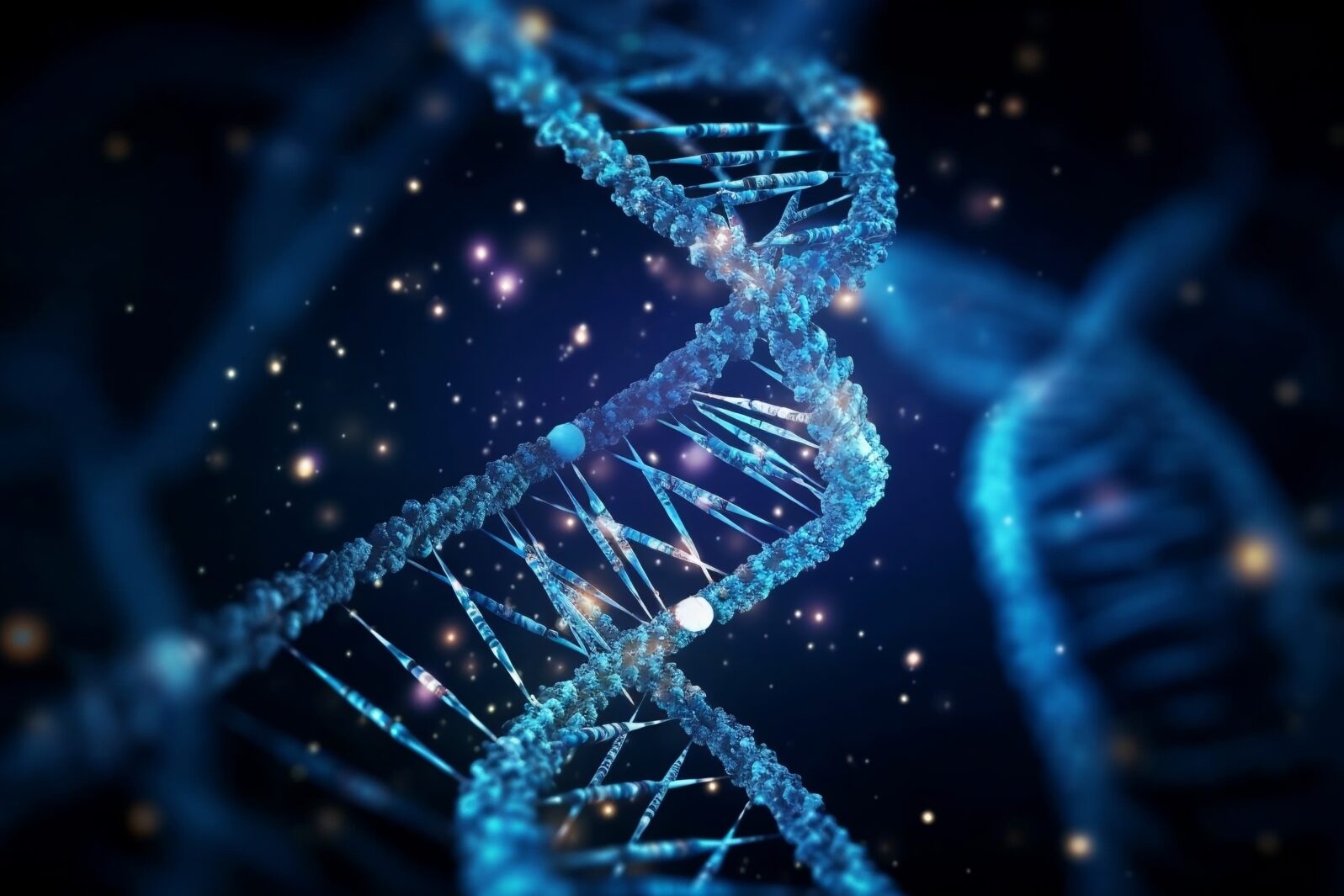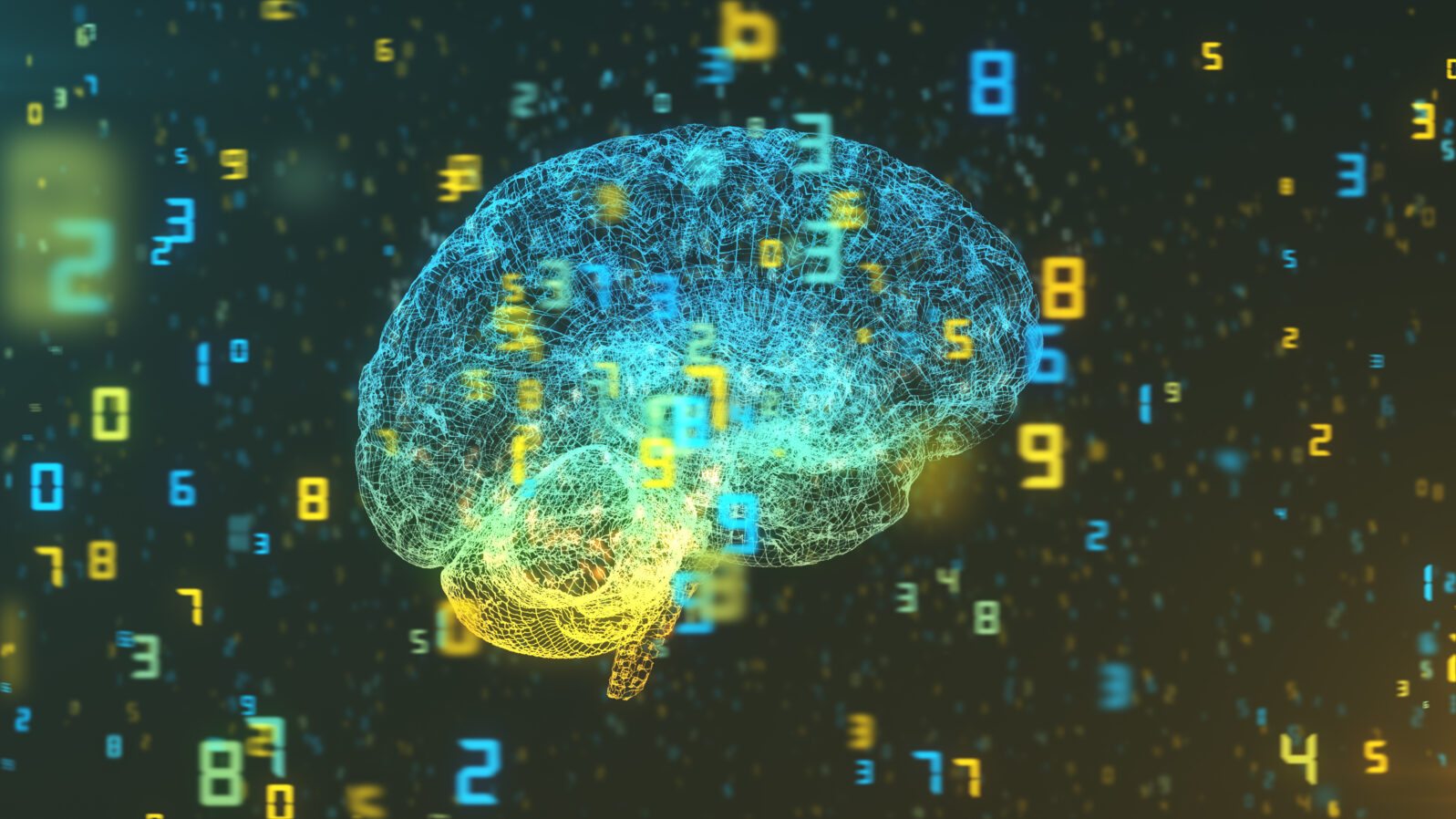Can Information Be Separated From Intelligence? Part 2
Theoretical biologist Marcello Barbieri envisions life’s origin in terms that only make sense if we assume life is the work of an intelligent agentEarlier this week, we looked at a most interesting paper, by University of Ferrara theoretical biologist Marcello Barbieri. He was discussing the discomfort biologists feel with the vast amount of information in life forms, which — in the view of many — “does not really belong in science.” The divide, he says, is between biologists who insist that life is chemistry only and those who, like him, see it as chemistry plus information. The problem is obvious: Information is by its nature immaterial. It is measured in bits, not kilograms or joules. It is understood in terms that invoke mathematics and probability more than chemistry and physics.

A physicalist biologist ignores or discounts the role of information. Barbieri wants to show that information is fully compatible with current assumptions in biology. So, in his 2016 paper, he tries his hand at incorporating it into a materialist origin-of-life story:
It comes from the idea that life is artefact-making, that genes and proteins are molecular artefacts manufactured by molecular machines and that artefacts necessarily require sequences and coding rules in addition to the quantities of physics and chemistry. More precisely, it is shown that the production of artefacts requires new observables that are referred to as nominable entities because they can be described only by naming their components in their natural order. From an ontological point of view, in conclusion, information is a nominable entity, a fundamental but not-computable observable.
Barbieri Marcello 2016 What is information? Phil. Trans. R. Soc. A.3742015006020150060
http://doi.org/10.1098/rsta.2015.0060, 13 March 2016
Wait. Artefacts, are made by intelligent, purposeful agents. Almost all artefacts are, of course, developed by humans, using abstract thinking. Some other animals use artefacts in the form of simple tools. But these life forms are not prebiotic chemistry; they are already highly developed life forms.
That raises a question: If the James Webb Space Telescope required many human intelligent agents, why should we simply accept that the development of early cells, also complex, could be managed by chemistry alone — when such a development has never happened in nature since? That is, there is no spontaneous generation, as far as know.
Barbieri uses terms like “manufactured” and “naming” freely but they are only meaningful if we suppose intelligent agents. Some may blame the limits of human language for that. But there is a reason why language features those limits: When writing for a serious purpose, we don’t attribute decisions that clearly require intelligence to non-intelligent agents.
Barbieri sketches a speculative history of the molecular machines that, he argues, preceded life:
The origin of protein life, on the other hand, was a much more complex affair, because proteins cannot be copied and their reproduction required molecular machines that employ a code, machines that have been referred to as codemakers. The evolution of the molecular machines, in short, started with bondmakers, went on to copymakers and finally gave origin to codemakers.
Barbieri, 2016
It’s an interesting story. It sounds a bit like the history of a human industry. Which again raises the problem: If these makers were themselves unintelligent and non-purposeful, some other entity must have been using them as instruments. Complex, specified artefacts don’t just “happen” to get built. When Barbieri tells us that “The divide between life and matter is real because matter is made of spontaneous objects whereas life is made of manufactured objects,” he sounds like an intelligent design theorist. Unpopular but right.
The resemblance becomes even clearer when he offers,
Both the sequence of nucleotides in a gene and the sequence of letters in a book are carrying information: hereditary information in genes and syntactic information in language. In both cases, the information is digital (because it is made of discrete units) and linear (because the units are arranged in a linear order).
A book? Yes. He cites photos and music as well. Then, “Finally, we can represent letters, numbers, pixels, musical notes and many other symbols with the characters of computer language… ”

Indeed we can! Immaterial ideas can be represented in any number of ways. But now, as to the origin of immaterial ideas…
Barbieri, of course, would not want to associate himself with intelligent design theory! Instead, he cites in his defense eminent biologist Ernst Mayr (1904–2005): “There is nothing in the inanimate world that has a genetic program which stores information with a history of three thousand million years!”). Also, information theorist Hubert Yockey (1916–2016) who “tirelessly pointed out that no amount of chemical evolution can cross the barrier that divides the analogue world of chemistry from the digital world of life, and concluded from this that the origin of life cannot have been the result of chemical evolution.”
He senses that there is something missing from Yockey’s summation:
At this point, one would expect to hear from Yockey how did linear and digital sequences appear on Earth, but he did not face that issue. He claimed instead that the origin of life is unknowable, in the same sense that there are propositions of logic that are undecidable. This amounts to saying that we do not know how linear and digital entities came into being; all we can say is that they were not the result of spontaneous chemical reactions. The information paradigm, in other words, has not been able to prove its ontological claim, and that is why the chemical paradigm has not been abandoned. – Barbieri, 2016
In doing so, Barbieri exposes the problem: “Life is chemistry” is an accepted dogmatic proposition that flies in the face of the evidence of large amounts of information in life that did not get there only by chemistry.
But defenders of the evidence for information, like Barbieri, are stymied. Complex, specified information does not originate without underlying intelligence. But the defenders do not wish to acknowledge that intelligence and anyway, they wouldn’t be allowed to. They would be speaking an unspeakable truth and would lose their membership in the establishment.
Therefore, it is said, they have not proved their case. Either the information does not exist or anyway, it can be treated as if it did not. And all is well.
Note: As it happens, intelligent design theorists consider Yockey’s work a “primary contribution to the ID movement,” though an unintentional one, to be sure.
Next: Can information be separated from intelligence, Part 3. Barbieri’s dilemma seems to be that he can’t give information its rightful place in life without acknowledging truths he cannot afford.
You may also wish to read: Can information be separated from intelligence? Part 1. Marcello Barbieri finds that many biologists see information in life forms — biological information — as something that “does not really belong to science.” Barbieri seems to want biology to combine physicalism with an acceptance of information. But information, unlike chemistry, is fundamentally immaterial.
